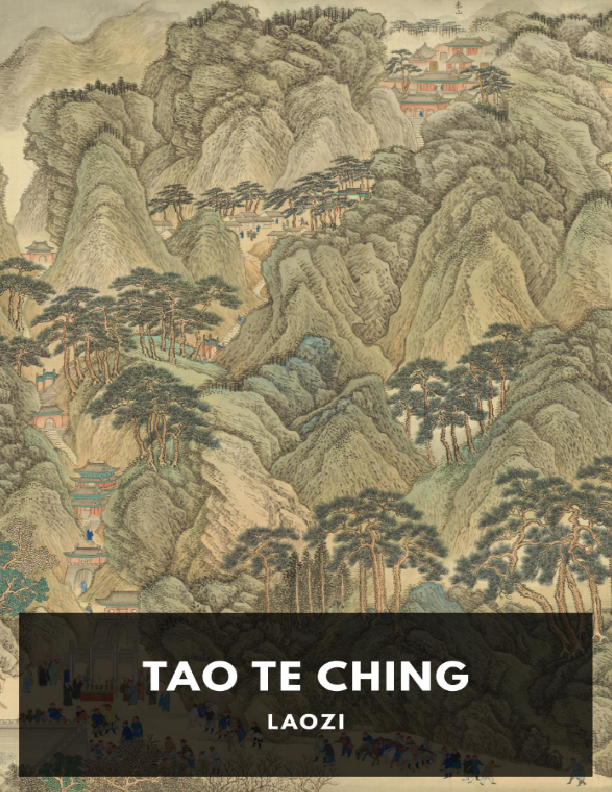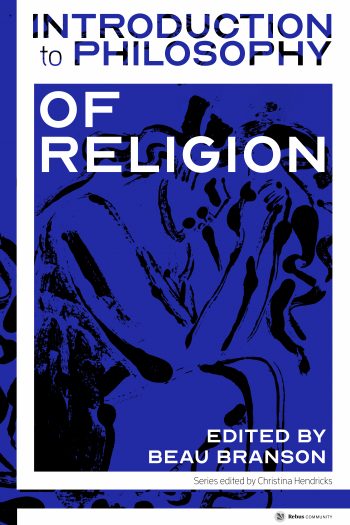From that famed night of ghost-stories in a Lake Geneva villa in 1816, as well as Frankenstein’s monster, there arose that other great figure of 19th-century gothic fiction – the vampire – a creation of Lord Byron’s personal physician John Polidori. Andrew McConnell Stott explores how a fractious relationship between Polidori and his poet employer lies behind the tale, with Byron himself providing a model for the blood-sucking aristocratic figure of the legend we are familiar with today.
A vampire is a thirsty thing, spreading metaphors like antigens through its victim’s blood. It is a rare situation that is not revealingly defamiliarized by the introduction of a vampiric motif, whether it be migration and industrial change in Dracula, adolescent sexuality in Twilight, or racism in True Blood. Beyond undead life and the knack of becoming a bat, the vampire’s true power is its ability to induce intense paranoia about the nature of social relations to ask, “who are the real bloodsuckers?”
This is certainly the case with the first fully realized vampire story in English, John William Polidori’s 1819 story, “The Vampyre.” It is Polidori’s text that establishes the vampire as we know it via a reimagining of the feral mud-caked creatures of southeastern European legend as the elegant and magnetic denizens of cosmopolitan assemblies and polite drawing rooms.
“The Vampyre” is a product of 1816, the “year without summer,” in which Lord Byron left England in the wake of a disintegrating marriage and rumours of incest, sodomy and madness, to travel to the banks of Lake Geneva and there loiter with Percy and Mary Shelley (then still Mary Godwin). Polidori served as Byron’s travelling physician, and played an active role in the summer’s tensions and rivalries, as well as participating in the famous night of ghost stories that produced Mary Shelley’s “hideous progeny,” Frankenstein; or, The Modern Prometheus.
Like Frankenstein, “The Vampyre” draws extensively on the mood at Byron’s Villa Diodati. But whereas Mary Shelley incorporated the orchestral thunderstorms that illuminated the lake and the sublime mountain scenery that served as a backdrop to Victor Frankenstein’s struggles, Polidori’s text is woven from the invisible dynamics of the Byron-Shelley circle, and especially the humiliations he suffered at Byron’s hand.
John Polidori (1795-1821) was born in Soho, the eldest son of an English mother and an Italian writer, translator, and literary jack-of-all-trades. Raised to great precocity in a multi-lingual and hyper-literate home, he was sent to board at the Catholic Ampleforth College at the age of eight. Then just a remote and drafty lodge housing twelve boys and twenty-four Benedictine monks, Ampleforth provided instruction in history, languages, and the minutiae of Catholic devotion. Given this intense and closeted environment, it is no wonder that John should dream of entering the priesthood, but his father had chosen a different path for his son, pulling him from school at the age of fifteen to attend the university of Edinburgh to study medicine.
Medical education in the early nineteenth century was largely based around the study of “antiphlogistics”– learning how to master the various ways of ridding the body of noxious substances in the quickest way possible – and so John became skilled in blood-letting, vomiting, enemas, blistering, and plunge-baths. But Polidori hated medicine. A restless loner, he rejected his classmates as “automatons,” while he himself dreamt of achieving glory, first on the battlefield fighting on behalf of Italy as it sought to repel the invading armies of Napoleon, and then through a growing attachment to literature. Thanks to the success Byron had achieved with the publication of his poem Childe Harold in 1812, it was only natural that young men in the early nineteenth century should conceive of poetry as not only a creative outlet, but as an avenue to fame, riches and sexual plenty. Under the long-distance mentorship of William Taylor of Norwich, a once notable, but now near-derelict essayist who was attracted to John’s remarkable good looks, Polidori began to dabble in literature. His father, who knew the more likely privations of a literary life, ordered him to stick to his studies, and John obeyed, fulfilling a family dynamic that remained unchanged throughout his life – bowing to his father’s wishes while inwardly caviling at the restraints they placed upon him.
Andrew McConnell Stott is the author of Comedy (Routledge, 2005; 2nd edn, 2014) and The Pantomime Life of Joseph Grimaldi (Canongate, 2009), which won the Royal Society of Literature Jerwood Prize for Non-Fiction and was named as one of the Guardian’s “Books of the Year” for 2010. In 2013 he published The Poet and the Vampyre: The Curse of Byron and the Birth of Literature’s Greatest Monsters (Canongate/Pegasus 2013), which was a best book pick of 2013 for both The Big Issue and The Sunday Times.











